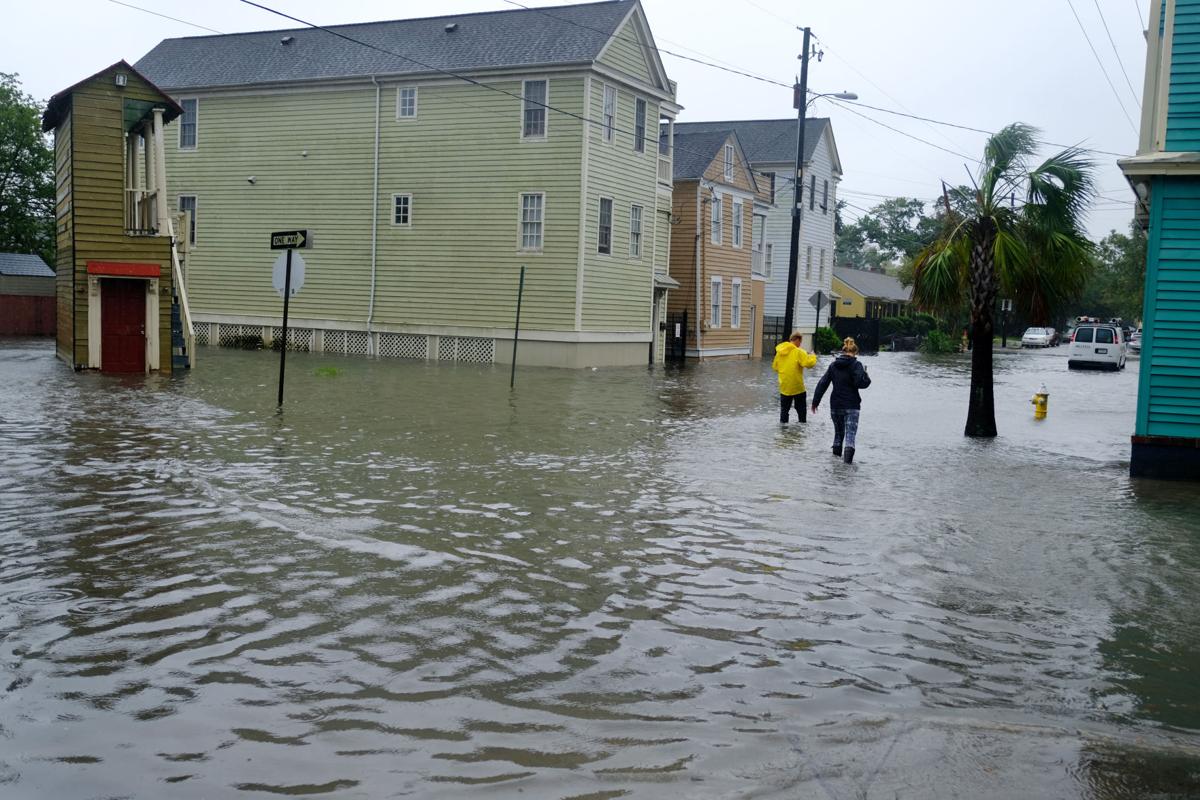Pass flood relief bill quickl

The state’s legislative session officially ended Thursday, but there’s still a twinkle of hope lawmakers will OK a bill that would give Charleston a new stream of funding to help fight downtown flooding. If lawmakers approve the bill when they return to work for two mini-sessions May 23-24 and June 27-28, and the governor signs it, the city could get more than $9 million annually to use toward anti-flooding projects.
For 10 years, the city would be able use 30 percent of revenue from its state and local accommodations tax and its hospitality tax to fund anti-flooding projects such as the replacement of the Low Battery seawall. Combined, the taxes generated roughly $30.6 million in revenue last year and, based on that figure, would provide $9.2 million for anti-flooding projects.
The legislation is far from a cure-all. But it would be painless, since the money would come from taxes on hotel rooms and restaurant tabs. And $90 million or more over 10 years is nothing to sneeze at. Lawmakers can and should approve the bill.
Flooding is the city’s biggest threat as evidenced by back-to-back floods from downpours and hurricane surges for the past three years. At the same time, tidal flooding has increased from an average of 23 days during 2007-13 to 38 days in 2015 and 50 days in 2016.
All that needs to happen is for the Senate to concur with amendments that also would enable Myrtle Beach to use a portion of its tourism taxes to extend farther offshore some stormwater outfall pipes that foul the coastline with bacteria during heavy rains.
The bill by Charleston Sens. Chip Campsen and Marlon Kimpson might have passed during the regular session if a debate on Wednesday didn’t devolve into a flurry of “why not us?” amendments, with lawmakers from North Augusta and the Columbia area hoping to tap the same funding source.
“There were a lot of members who wanted in on it,” Mr. Kimpson said.
Fixing all of Charleston’s flooding problems could cost a staggering $2 billion. The seawall project alone could cost about $100 million. But the city could use the new money to leverage bond funding or to help secure state and federal grants.
The new funding stream, limited to tourism-related areas, also should help sustain a series of downtown drainage projects aimed at preventing flooding caused by downpours and high tides. Over the past two decades, the city has spent some $240 million on a punch list of projects that are only about half completed.
The legislation, which applies only to counties that generate at least $14 million in accommodations tax revenue, was tailored to benefit only Charleston and Horry counties. That was the main sticking point, Sen. Kimpson said, adding that “many members didn’t want it limited.”
Under the bill, the money could be used to “eliminate or mitigate adverse effects of recurrent nuisance tidal flooding, including that which is attributable to sea-level rise, or other recurrent flooding,” but could not be used to pay claims or otherwise settle litigation related to flooding.
Charleston and Myrtle Beach account for the lion’s share of the state’s tourism industry. The limited authorization to funnel tourism dollars into anti-flooding projects should not be eyed with jealously but with a view toward maintaining an economic sector the entire state depends on.
Let tourism tax dollars help do the work.
